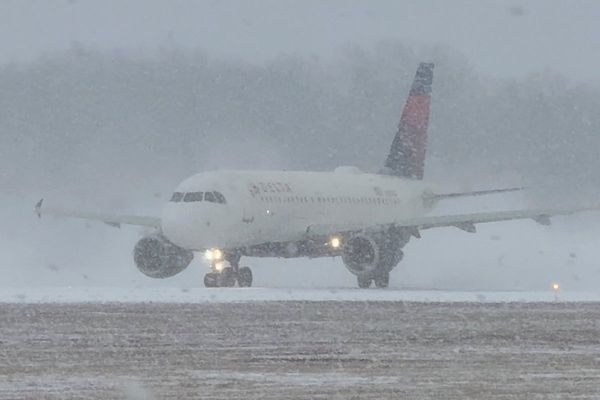
Last month, the ailing southern resident killer whales of the Pacific gave researchers a rare moment of hope: a new calf was spotted swimming alongside her mother. Until that point, only one calf had appeared this year, only to die a few months later.
But by mid-October, this new calf, named L128, also appeared to succumbto poor health, appearing “lumpy and skinny” as researchers with the Center for Whale Research watched an older orca swim with the infant draped across her snout.
Another whale “jiggled the calf, as if desperately trying to revive it”. Mark Malleson, field biologist, believed he saw the calf “take a faint breath” and resume swimming, the center said, but it is unclear if she is still alive.
The unfolding tragedy of the critically endangered southern resident killer whales, has long been seen as a reflection of an ecosystem in crisis, prompting bitter recriminations between fishermen, whale-watching companies and the marine transport industry.
Underpinning the blame is a belief whales lack access to chinook salmon – their main food source and a species that has also suffered catastrophic collapse.
But a new study from the University of British Columbia has upended that assumption, revealing that the whales have far more access to chinook salmon than their much healthier relatives, the northern resident orcas. The new findings deepen the mystery into what is pushing the whales to the brink of extinction.
“It really surprised us. And you look at your data super hard, because you’re sure you made mistakes somewhere. You check everything three times and then you go through peer review and still have the same numbers,” said Andrew Trites, the report’s co-author and the director of the marine mammal research unit at the university.
The research, published in the journal Plos One, examined the availability of food for the southern residents, an ecotype of 73 whales which span a geographic range from southern British Columbia to California. The whales, split into three pods, spend their summers and falls off the coast of Vancouver Island. The team also looked at food availability of northern resident orcas, a growing population of 34 pods that spans Alaska to southern British Columbia, overlapping with the southern whales around Vancouver Island.
“If you ask anyone ahead of time what we’d find, it’s dead obvious: there’s just not enough fish for the southern residents,” said Trites. But after meeting with sport anglers and whale-watching crews, the team found a relative bounty of chinook available to the southern resident whales.
“It seems like the access to food in the Salish Sea, where we’ve put all these protections and restrictions in place, is not really the problem. When you think about food for southern resident killer whales, you need to think about food every day of the year, not just when they’re in the Salish Sea in the summer and fall,” said Trites. “What about the diet in the wintertime and springtime? That’s where the bottleneck might be. So we may be spending so much time focusing on our own backyard that we’re not considering what happens when they’re not in our backyard.”
Even though the whales have better availability of prey, Trites cautioned that doesn’t mean they can access the fish.
The study found noise from marine traffic can “mask” communication between orcas and interfere with their ability to hunt. The presence of large ships can also hamper their foraging efforts.
“Killer whales are more likely to encounter greater numbers of vessels in the Salish Sea than in the north [Vancouver] Island waters, which could mean that salmon are less accessible to southern residents than to northern residents despite there being a higher abundance of chinook,” the study said.
Environmental groups have long worried about the effects of increased ship traffic along the south-west coast of British Columbia, with a surge expected in the coming years as construction of the Trans Mountain oil pipeline ramps up and a liquefied natural gas (LNG) terminal is opened.
“There’s no doubt that the southern resident killer whales encounter more ships and ship traffic. Can they adapt to it, or is it one more straw on their back, adding stress that’s just going to make it even harder for them to make a recovery?” said Trites.
As Trites notes, the population of southern resident orcas has remained relatively static for more than half a century, although it is believed to have been more than 200 at the beginning of the 20th century.
Much of the decline can also be traced to a dark history in the early 1900s when the whales, called “blackfish” by fishermen, were slaughtered and later captured en masse for use in aquariums. The population only received respite when Canada banned the capture of orcas in the 1970s.
“When you look at the marine mammals in the Salish Sea, the only one that’s in trouble are the southern residents,” said Trites. The nutrient-rich waters of the Salish were once home to storied whale populations until rampant whaling nearly pushed species of humpback and fin whale to local extinction. An end to widespread slaughter, however, has allowed populations to rebound. The waters now have a record number of harbour seals, with healthy populations of sea lions and porpoises.
“And so the only outlier are the southern resident killer whales,” said Trites. “Is it a problem with the Salish Sea? Or are they bringing their problems with them?”







